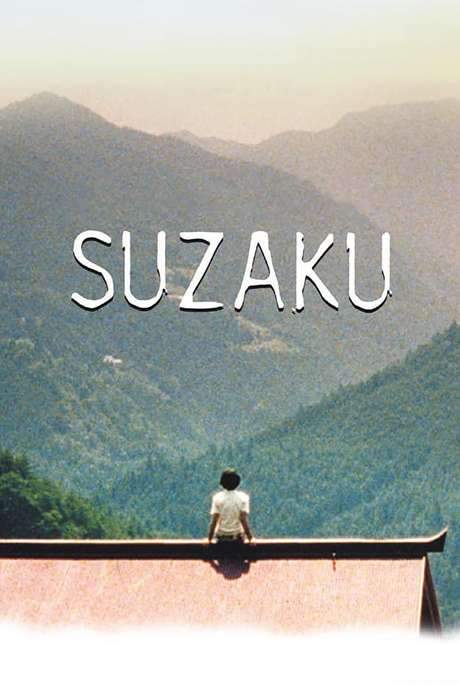
The Ceremony
Year: 1971
Runtime: 123 mins
Language: Japanese
Director: Nagisa Ôshima
Through Oshima’s expansive direction, the film follows the conflicted surviving heir of the Sakurada clan, using elaborate family rituals as a microcosm to mirror Japan’s militaristic ascent and subsequent decline over several decades, offering a nuanced portrait of tradition and change.
Warning: spoilers below!
Haven’t seen The Ceremony yet? This summary contains major spoilers. Bookmark the page, watch the movie, and come back for the full breakdown. If you're ready, scroll on and relive the story!
Timeline & Setting – The Ceremony (1971)
Explore the full timeline and setting of The Ceremony (1971). Follow every major event in chronological order and see how the environment shapes the story, characters, and dramatic tension.
Last Updated: October 04, 2025 at 17:10
Main Characters – The Ceremony (1971)
Meet the key characters of The Ceremony (1971), with detailed profiles, motivations, and roles in the plot. Understand their emotional journeys and what they reveal about the film’s deeper themes.
Last Updated: October 04, 2025 at 17:10
Major Themes – The Ceremony (1971)
Explore the central themes of The Ceremony (1971), from psychological, social, and emotional dimensions to philosophical messages. Understand what the film is really saying beneath the surface.
Last Updated: October 04, 2025 at 17:10
Unlock the Full Story of The Ceremony
Don't stop at just watching — explore The Ceremony in full detail. From the complete plot summary and scene-by-scene timeline to character breakdowns, thematic analysis, and a deep dive into the ending — every page helps you truly understand what The Ceremony is all about. Plus, discover what's next after the movie.
The Ceremony Summary
Read a complete plot summary of The Ceremony, including all key story points, character arcs, and turning points. This in-depth recap is ideal for understanding the narrative structure or reviewing what happened in the movie.

Similar Movies to The Ceremony
Discover movies like The Ceremony that share similar genres, themes, and storytelling elements. Whether you’re drawn to the atmosphere, character arcs, or plot structure, these curated recommendations will help you explore more films you’ll love.
Explore More About Movie The Ceremony
The Ceremony (1971) Plot Summary & Movie Recap
The Ceremony (1971) Scene-by-Scene Movie Timeline
The Ceremony (1971) Spoiler-Free Summary & Key Flow
Movies Like The Ceremony – Similar Titles You’ll Enjoy
Ceremony (2011) Full Summary & Key Details
Born Bone Born (2018) Detailed Story Recap
Distance (2001) Ending Explained & Film Insights
Why Not? (1981) Ending Explained & Film Insights
The Makioka Sisters (1983) Complete Plot Breakdown
The Funeral (1984) Full Summary & Key Details
The Pornographers (1966) Ending Explained & Film Insights
Bushido: The Cruel Code of the Samurai (1963) Movie Recap & Themes
The Orgy (1967) Spoiler-Packed Plot Recap
Funeral Parade of Roses (1969) Spoiler-Packed Plot Recap
The Daughter of the Samurai (1937) Plot Summary & Ending Explained
Brother and Sister (1953) Full Summary & Key Details
The Ceremony (1979) Movie Recap & Themes
The Affair (1967) Movie Recap & Themes
Suzaku (1997) Plot Summary & Ending Explained

















